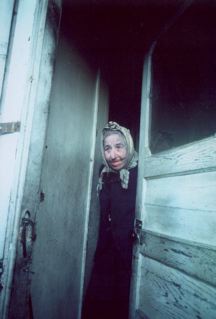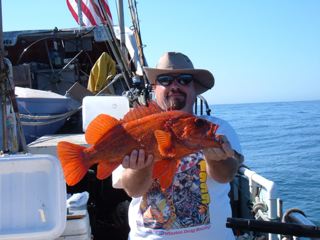“The Merv Griffin Show” was an Emmy-award winner and he honored his hometown [San Mateo] by taping a show in 1965 at KCSM-TV, located on the College of San Mateo campus. Featured guests included Carol Channing, Phyllis Diller, the Smothers Brothers and the gospel singer Mahalia Jackson.
It was not the only time Griffin honored his hometown. In the late 1970s he returned to a San Mateo High School anniversary and performed before 7500 at the nearby fairgrounds.
In 1999 the 75-year-old entrepreneurial powerhouse lived near Palm Desert at La Quinta, also home to his 80 racehorses. One of his horses. Greny, had recently won an important race at Bay Meadows Racetrack in San Mateo.
When Griffin discussed his present and future projects, any evidence that he was a senior citizen evaporated. He was always in high gear. New projects included a television show based on author John Gray’s best-selling book, “Men Are From Mars, Women Are From Venus,” to have been hosted by Eleanor Mondale.
Another major interest was the Coconut Club at the Beverly Hilton Hotel in Los Angeles, “one of the hottest nighclubs in town,” according to Griffin. He was especially proud of the role he played in remodeling the hotel, selecting everything from floor tiles to the motif each suite.
He was also very enthusiastic about his production of the movie, “Barnes,” starring Kevin Kline. [The movie did not come out.]
In 1999 Merv Griffin was leading an exciting, challenging life.
“I look at things I really love,” he told me, “buy them and take them to the next level.”
[Note: I filed the article and a good photo of Merv Griffin was going to be supplied by the newspaper I was working for. The next morning I get the paper, and what do I see, to my horror? There was a photograph accompanying my article but it was not of Merv. It was of a San Mateo County politician called Mary Griffin! I won’t tell you what I was thinking….because I didn’t know what to think….but by the afternoon edition the photo had been changed to that of Merv Griffin.)
 (photo: courtesy Jerry Koontz)
(photo: courtesy Jerry Koontz)


